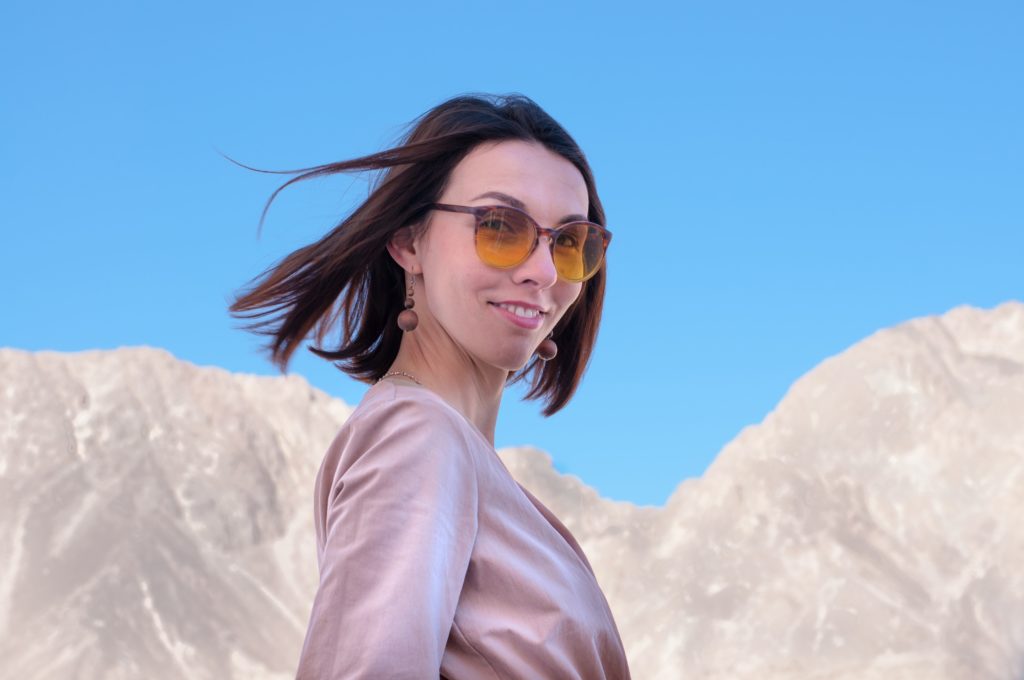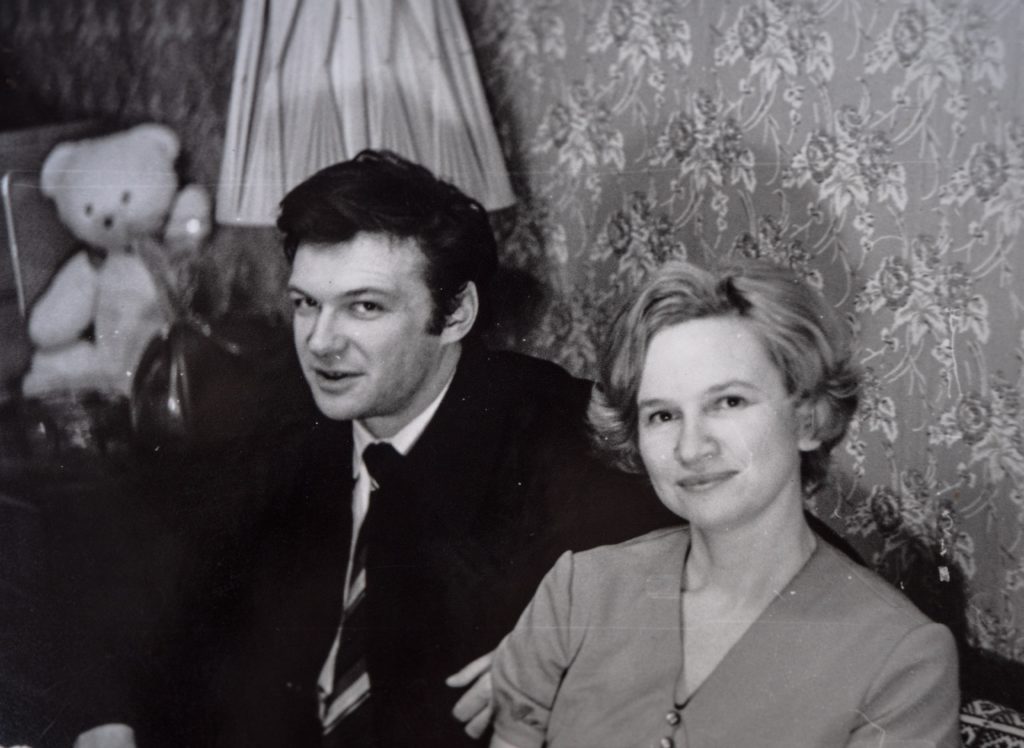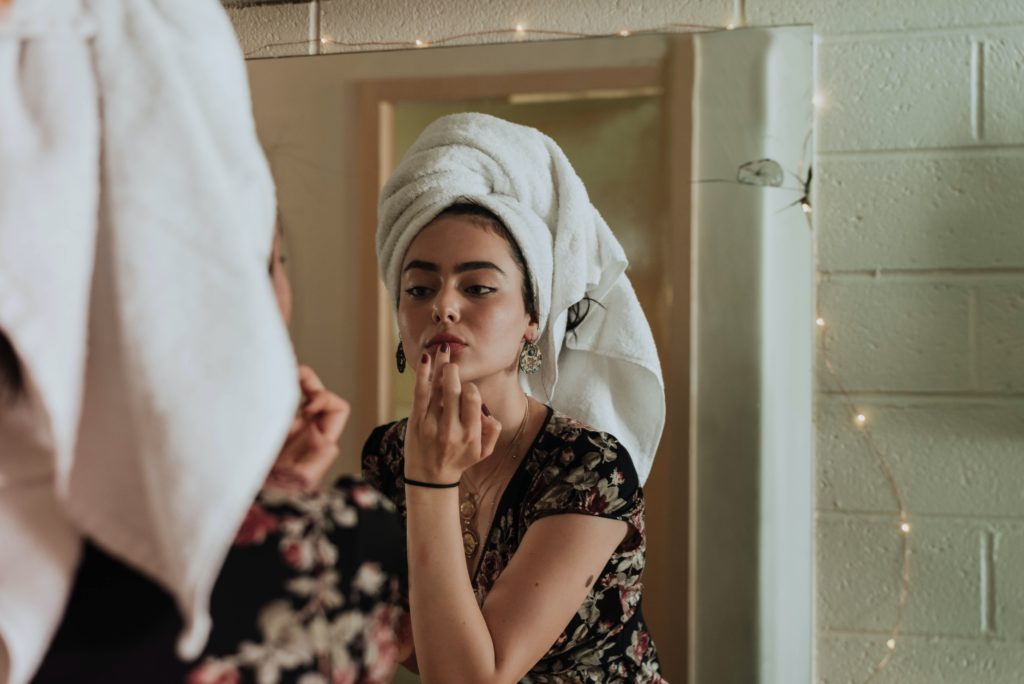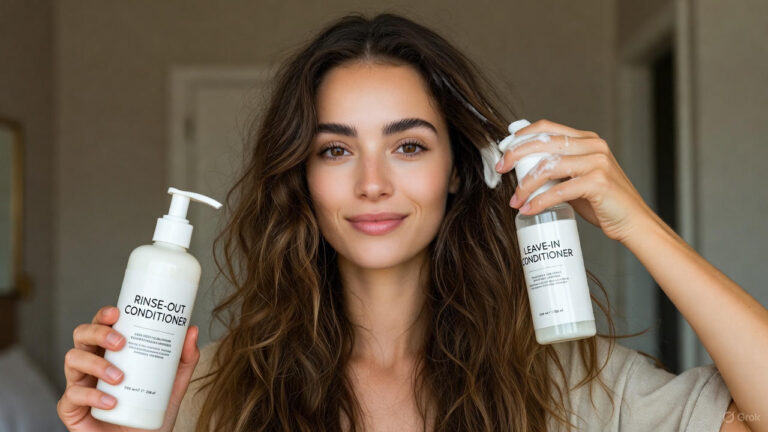Beauty has always been a source of fascination throughout human history, transcending time and cultural boundaries. Ancient civilizations, with their rich traditions and wisdom, had their own beauty secrets that are still relevant today.
We will delve into the beauty secrets from ancient civilizations like Egypt, Greece, China, Rome, and India. From Cleopatra’s legendary skincare regimen to ancient Ayurvedic beauty rituals, you’ll discover the age-old secrets that continue to inspire modern beauty routines.
Beauty Secrets from Ancient Civilizations
I. Beauty Practices in Ancient Egypt

Ancient Egypt, known for its grand pyramids and pharaohs, also held beauty in high regard. Egyptian beauty secrets included the use of natural ingredients such as honey and milk for skin care. Honey, with its humectant properties, not only moisturized the skin but also acted as a protective barrier against the harsh desert climate.
Cosmetics played a significant role in Egyptian beauty rituals. Kohl, a black eyeliner, was applied around the eyes not only for aesthetic purposes but also to protect against eye infections and the sun’s glare. Henna was used to color hair and nails, adding a touch of elegance to their appearance.
1. What are the Egyptian beauty secrets?
Ancient Egyptians had a deep appreciation for beauty. Their secrets included natural ingredients like honey and milk, along with the use of cosmetics such as kohl and henna.
2. How did ancient people have clear skin?
The Egyptians maintained clear skin by using honey, a natural humectant that moisturized and protected the skin from environmental elements.
3. What did ancient Egyptians do for beauty?
They employed cosmetics like kohl for eye enhancement and henna for hair color, emphasizing their belief that beauty was essential for both the living and the afterlife.
4. How did the ancient Egyptians clean their teeth?
They used a combination of natron (a natural salt) and crushed pumice stone as a toothpaste to keep their teeth clean and white.
5. How often did Egyptians bathe?
Bathing was a daily ritual for many Egyptians, as cleanliness was highly valued. They often bathed in the Nile River or used a blend of natron and water to cleanse their bodies.
6. What is the beauty secret of Nefertiti?
Nefertiti, one of Egypt’s most iconic queens, was believed to have maintained her legendary beauty with the use of oils and natural cosmetics.
II. Beauty Traditions in Ancient Greece
Ancient Greece, the cradle of Western civilization, had its own unique approach to beauty. Greek beauty ideals radvanced around celebrating natural beauty and physical fitness. They believed that a healthy body was the foundation of beauty.
Olive oil, a staple of the Greek diet, played a central role in their beauty regimen. It was used for skincare, as it provided deep hydration and protection against the sun. The Greeks also used olive oil as a base for perfumes and scented oils.
Makeup was not heavily emphasized in Greek beauty practices. Women preferred a natural look, with an emphasis on clear skin and minimal makeup. Kohl, similar to Egyptian tradition, was used to define the eyes.
1. How did ancient Greeks define beauty?
Ancient Greeks believed in celebrating natural beauty and emphasized physical fitness as a means to achieve it.
2. What was Cleopatra’s secret of beauty?
Cleopatra, although Egyptian by heritage, was influenced by Greek culture. Her beauty secrets included olive oil for skincare and the use of makeup like kohl.
3. What oils did Greeks use on their skin?
Greeks favored olive oil, which not only moisturized the skin but also protected it from the sun and environmental damage.
III. Ancient Beauty Wisdom from China
Ancient China, with its rich history and cultural diversity, had its own set of beauty secrets deeply rooted in tradition. Pale, porcelain-like skin was highly prized, as it symbolized nobility and a life of leisure. To maintain this ideal, Chinese women used parasols and clothing that covered their bodies to shield their skin from the sun.
Traditional Chinese medicine plays a significant role in skin care. Ingredients like ginseng and green tea were used for their rejuvenating properties. Tea-based beauty rituals were common, with green tea and jasmine tea being favored for their skin-soothing benefits.
Elaborate hairstyles were a hallmark of ancient Chinese beauty. Women adorned their hair with intricate pins and accessories, showcasing their creativity and social status. These hairstyles were more than just fashion; they were a reflection of cultural values and aesthetics.
1. What are the beauty secrets of ancient China?
Ancient Chinese beauty secrets included the use of traditional Chinese medicine in skincare, tea-based beauty rituals, and specific hairstyles and adornments.
2. What did the ancient Chinese find beautiful?
Pale skin was highly prized in ancient China, as it was associated with nobility and a life of leisure. The use of parasols and clothing that covered the entire body was common to protect the skin from the sun.
3. How did Chinese women care for their hair?
Chinese women use various natural ingredients like ginseng and ginger to nourish and strengthen their hair. Elaborate hairstyles and hairpins were also an integral part of their beauty traditions.
IV. Beauty Secrets of the Roman Empire

The Romans, known for their grand empire and architectural marvels, also placed great importance on beauty and hygiene. Bathing was a daily ritual for many Romans, and public bathhouses were common. Cleanliness was considered a crucial aspect of beauty.
Olive oil, a staple of Mediterranean cuisine, was widely used for skincare among the Romans. It served multiple purposes, from cleansing and moisturizing the skin to being a base for perfumes.
Roman women embraced intricate hairstyles, often adorned with hairpins, tiaras, and other accessories. Jewelry was an integral part of Roman fashion and beauty, adding a touch of elegance and sophistication to their appearance.
1. What beauty practices did Romans follow?
Romans were known for their bathing and hygiene practices. They used natural ingredients like olive oil and vinegar for skincare and considered cleanliness a crucial aspect of beauty.
2. What oils did Romans use on their skin?
Olive oil was a favored skincare product among the Romans. It was used for cleansing, moisturizing, and even as a base for perfumes.
3. What were Roman hairstyles and jewelry like?
Roman women often wore their hair in intricate styles, adorned with jewelry such as hairpins and tiaras. Jewelry was an integral part of Roman fashion and beauty.
V. Beauty Traditions in Ancient India
Ancient India, with its deep spiritual traditions and holistic approach to wellness, had beauty practices rooted in Ayurveda. Ayurvedic beauty emphasized balance, and skincare routines were designed to align with one’s dosha, or energy type.
Natural ingredients played a pivotal role in Indian beauty rituals. Turmeric, with its anti-inflammatory properties, was used to create face masks that promoted clear and glowing skin. Neem, known for its antibacterial properties, was used for cleansing and healing.
Traditional Indian hairstyles were adorned with flowers and jewelry, reflecting regional customs and cultural diversity. Henna, with its natural staining properties, was used to create intricate designs on the hands and feet during special occasions.
1. What are Ayurvedic beauty practices?
Ayurvedic beauty practices from ancient India focus on balancing the body’s energies (doshas) through natural ingredients and herbs for radiant skin and hair.
2. What herbs did ancient Indians use for beauty?
Ingredients like turmeric, neem, and sandalwood were commonly used in Indian skincare routines for their cleansing and healing properties.
3. How did ancient Indians adorn themselves?
Traditional hairstyles, adorned with flowers and jewelry, were a significant part of Indian beauty traditions. Henna was also used to decorate the hands and feet.
The Influence of Ancient Beauty Secrets Today

Ancient beauty secrets continue to inspire modern beauty routines. The use of natural ingredients, such as honey, olive oil, and turmeric, has found a place in contemporary skincare. Ayurvedic beauty practices are gaining popularity for their holistic approach to wellness and balance.
1. How can you incorporate ancient beauty secrets into your modern routine?
You can incorporate ancient beauty wisdom into your routine by using natural ingredients, exploring holistic approaches, and embracing the timeless notion that beauty is more than skin deep.
2. Why are ancient beauty secrets still relevant today?
Ancient beauty secrets are still relevant because they emphasize the use of natural ingredients and holistic practices that promote overall well-being, aligning with the growing interest in clean beauty and wellness.
3. What are some modern products inspired by ancient beauty traditions?
Many modern beauty products are inspired by ancient wisdom. Look for skincare products containing natural ingredients like honey, olive oil, and traditional herbs like turmeric and neem.
Conclusion
Unveiling the beauty secrets of ancient civilizations has provided us with a profound appreciation for the timeless wisdom of our ancestors. From the opulent beauty rituals of Egypt to the holistic practices of India, these age-old traditions offer valuable lessons in embracing natural ingredients and holistic well-being. The influence of ancient beauty secrets is still palpable in the modern world, encouraging us to explore a more balanced and authentic approach to beauty.


